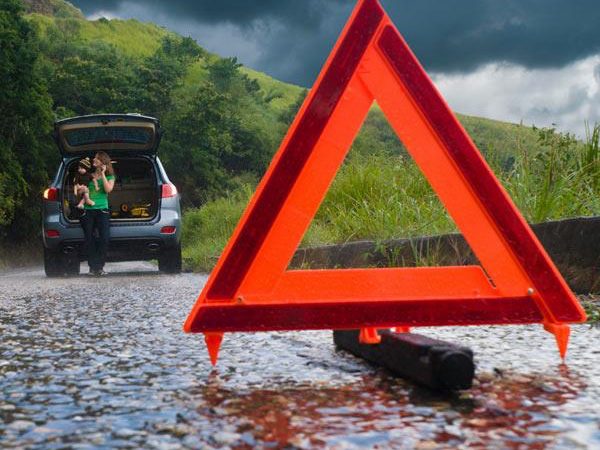
How to Decode Dashboard Warning Lights
In a quick survey of coworkers and friends, I discovered that many people really don’t know what to do if a warning light appears on their dash. And they’re just as confused when it comes to which maintenance services are really important. So I’ve put together these tip lists for warning lights, maintenance services, driving advice and emergency kits. I guarantee you’ll find something here to help you be a safer, smarter driver and car owner.
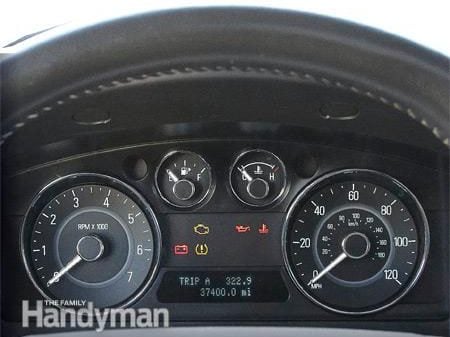
What to do if a Dashboard Warning Light Comes On
You’re driving down the road and your “HOT” light comes on. If your first thought is, “You’re hot? I’m sweatin’ bullets in here,” you’ve failed to understand the seriousness of the situation. Those dashboard warning lights aren’t a joke. If you ignore them and keep driving, you’re setting yourself up for major repair bills. In the items that follow we’ll tell you what the lights mean and what you should do if any of them come on when you’re driving.
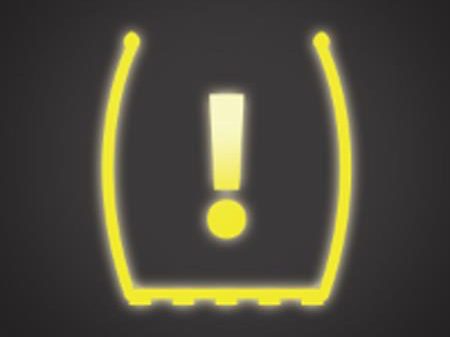
TPS (Tire Pressure Sensor) Warning Light
When the TPS (Tire Pressure Sensor) warning light comes on, it indicates that at least one tire is low on air pressure. Fill it as soon as possible. Driving on an underinflated tire can cause a blowout, possibly resulting in an “at-fault” accident. Air is free (or cheap). But a new tire is about $125, and an accident will cost you your deductible and increased premiums in the future.
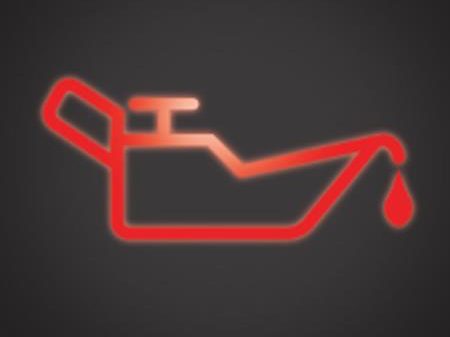
Oil Warning Light
The oil warning light indicates that your car’s oil pressure is too low to keep driving. Pull over to a safe spot immediately. Check the oil level. If it’s low and you have oil on hand, add it and see if the light goes out. If you don’t have oil, call a tow truck or ask someone to make a roadside delivery. It’s better to spend $150 on a tow than $4,000 to replace a seized engine.
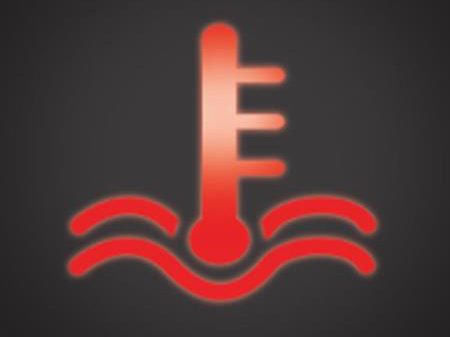
Hot Warning Light
The hot warning light indicates the engine is overheated. Pull over to a safe spot immediately. Open the hood, then call a tow truck ($150 average tow to the nearest shop). If you keep driving, you can warp the cylinder head (minimum $1,000 repair bill) or completely destroy your engine.
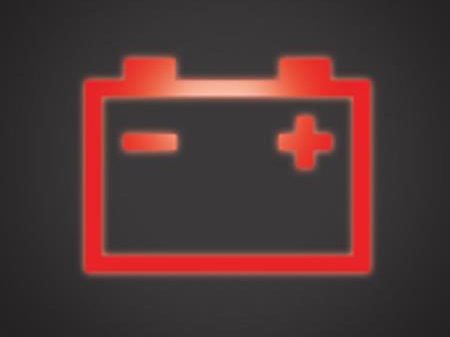
Battery Warning Light
When the battery light comes on, it indicates something is wrong with the car battery or charging system. Turn off all high-load electrical accessories such as the air conditioning, heater fan and rear window defogger, and drive to the nearest shop.
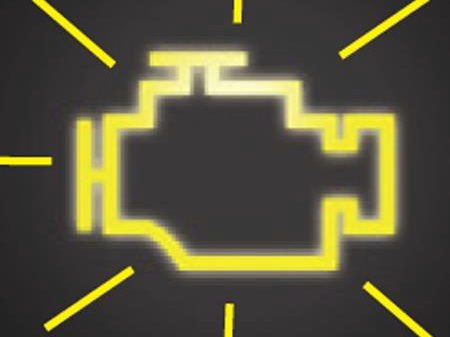
Check Engine Light
The check engine light indicates the computer has detected a misfire serious enough to damage your catalytic converter. Pull over to a safe place or drive to the nearest exit and call a tow truck. Get the underlying misfire problem fixed right away-a new catalytic converter can cost $1,500.
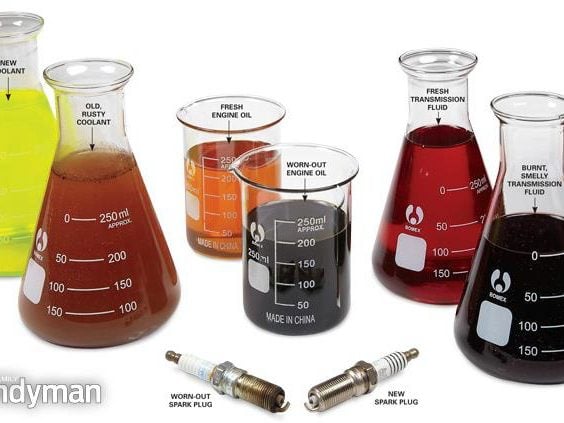
5 Maintenance Tips: What to Do to Keep Your Engine Running
Shops recommend 50,000-, 100,000- and 150,000-kilometre services that can easily cost $400. The majority of the items on those lists are inspections. Sure, they’re important, but the “replace” items are the most important. Here are the top five items you must replace in order to avoid major repair bills later.
1. Transmission Fluid
If you put on 320,000 kilometres during the life of the car, you’ll spend about $800 on fluid changes. If you skip the fluid changes, you’ll only have $800 to put toward the $2,000 cost for a transmission rebuild. Did you buy an extended warranty? Well, you just voided that, too. It never pays to skip this service.
2. Coolant
If you change the newer long-life coolants twice over a 320,000-kilometre period, you’ll spend $300. If you don’t change it, plan on spending about $1,800 on a new radiator, heater core and water pump. Kiss the extended warranty goodbye, too. For best results, always use genuine factory coolant.
3. Oil Filter
You already know how important oil changes and synthetic oil are to the life of your engine. But an extended-life oil filter is just as important. They cost about $10 but are rated to last 10,000 to 15,000 kilometres. Economy filters start to clog and self-destruct after about 6,000 kilometres. Once the filter media disintegrates, it can spew debris into critical parts and cause thousands in repair bills.
4. Spark Plugs
Newer-style platinum/iridium spark plugs are rated for 150,000 kilometres. But they start misfiring at about 130,000 kilometres. Misfires damage spark plug wires, ignition coils, ignition modules and sometimes even your catalytic converter. If you don’t change the plugs, you can count on a minimum of $400 in ignition system-related repairs.
5. Timing Belt
A broken timing belt will leave you stranded (if your engine has one). If you’re lucky, you’ll just have to pay $150 for a tow and then $600 (parts and labour) for the new belt. But if you have a certain type of engine (called an “interference” engine) and the belt breaks while you’re driving, it’ll destroy your engine, costing you about $4,000.
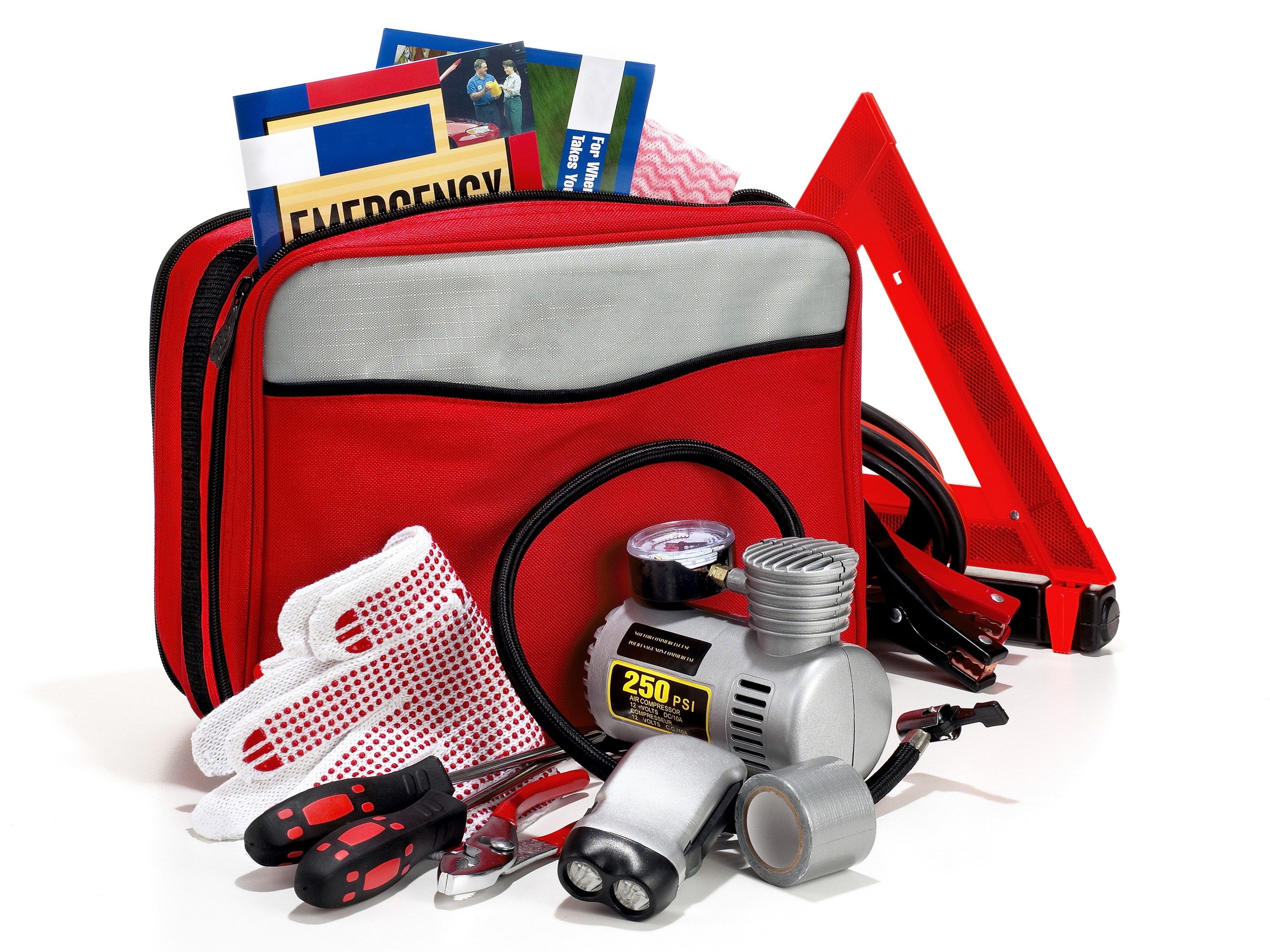
What to Pack in an Emergency Kit
If you follow every auto expert’s advice on what to carry in the event of an emergency, you’d have a trunk full of supplies (especially candy bars). I’m not disputing the value of carrying all those items, but I don’t know anyone who does. So I’ve assembled a list of “must-have” items that take up very little space and can really help you in an emergency. To help you remember these items, print off this slide and stuff it in your glove box.
• Pad/pencil for accident information
• Air compressor to inflate your spare tire
• Duct tape to use as a handyman bandage or to reattach vehicle parts after an accident
• Cell phone charger to keep your cell phone running until help arrives
• LED headlight so you can use both hands while you fix a flat tire, add oil, etc.
• Oil to refill your engine if it’s critically low from leaks or excessive consumption
• Jumper cables to get you going again and right to a service station
• A can of Fix-A-Flat (about $8) to fix a flat tire when the wheel is rusted in place and won’t come off
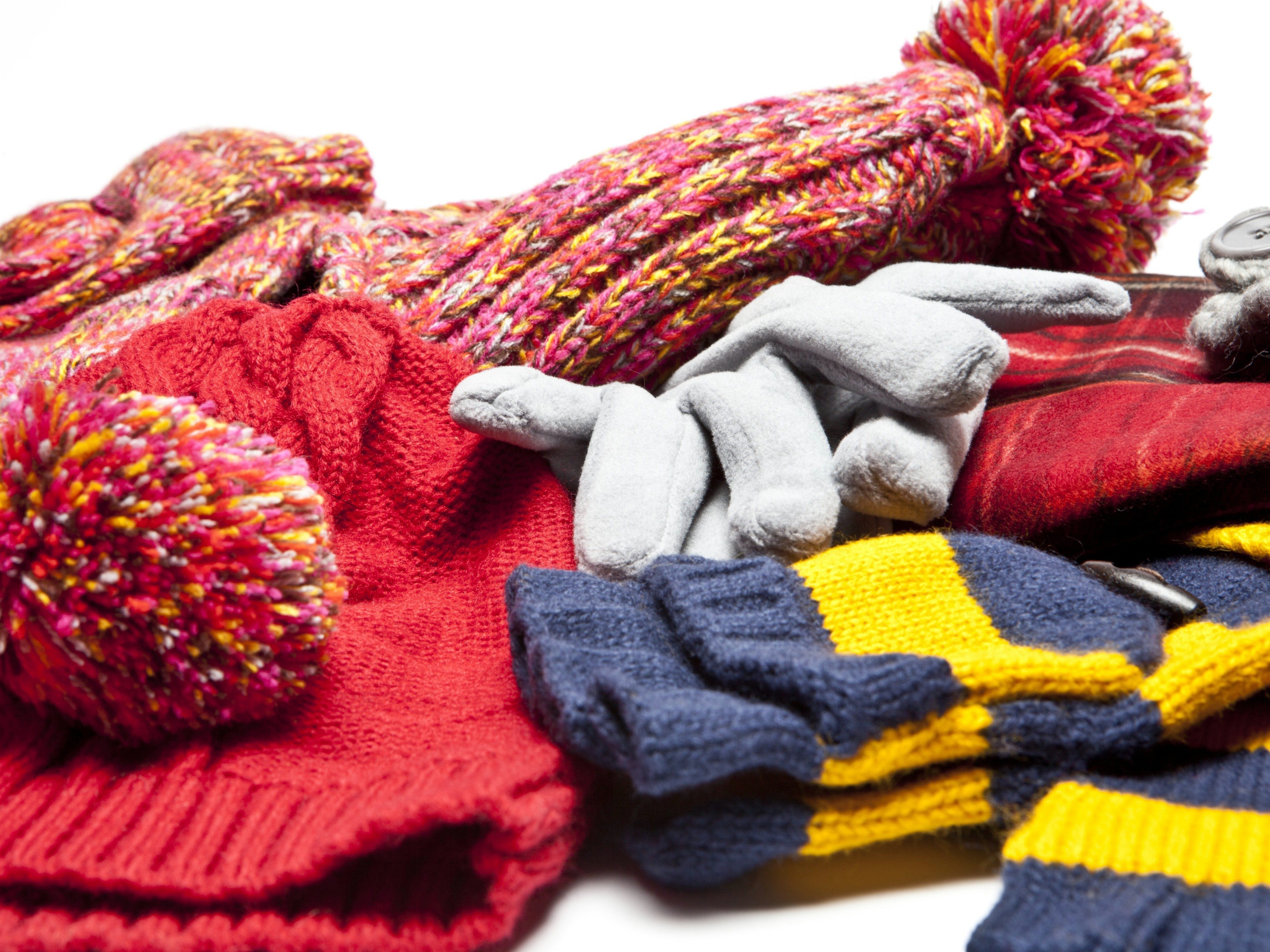
Additional Emergency Gear: Cold Weather Clothing
If you’ve ever changed a tire in the dead of winter, you know how quickly your hands get numb from working with subzero tools. And winter winds can freeze your ears in seconds, making you unable to even finish the job. Frostbite is a serious risk. If you pack nothing else in your winter emergency kit, make sure you at least have warm gloves and a hat that covers your ears.
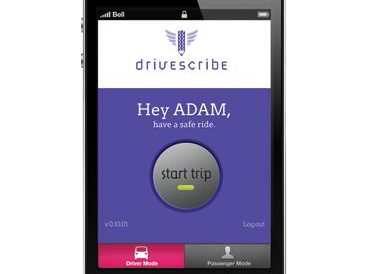
A Safety App for Young Drivers (and Parents)
DriveScribe is a free app for iPhone and Android systems. It’s designed to help young drivers develop safe driving habits. Parents with young drivers can make using the family vehicle contingent on keeping the app on while driving. Some parents offer to pay or subsidize insurance if young drivers use the app. It’s also a rewards program: When driving safely, young drivers earn points that are redeemable for products and discounts. When running, the app blocks all incoming text messages. It warns drivers of upcoming changes in speed limits and curves in the road. The app immediately notifies parents if the young driver runs a stop sign or speeds. And it tracks the car’s location in real time so parents can monitor the driver’s whereabouts.
Related links:
How to Replace Dashboard Lights
How to Change Auto Light Bulbs
Why You Shouldn’t Use Cheap Auto Parts